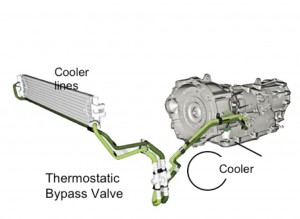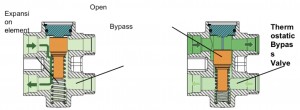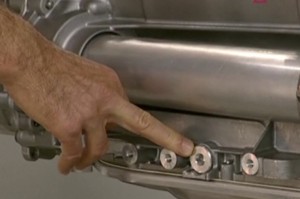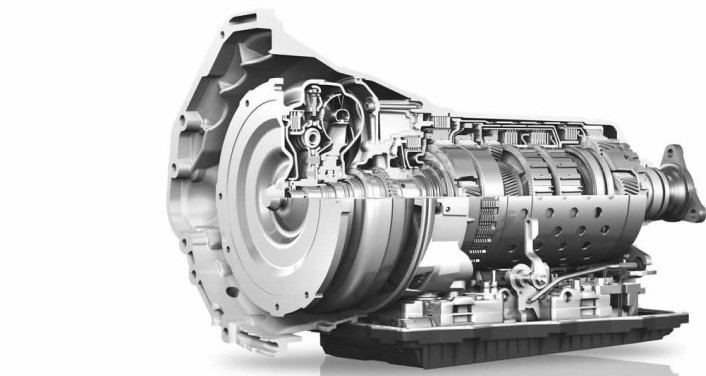The ZF 8HP transmission made its debut in 2009, and since its introduction, has been one of the top choices for international car manufacturers.
BMW, one of ZF’s largest customers, uses the 8HP across its entire product portfolio. BMWs featuring the 8HP can be found in models starting with the 1 Series through the 7 Series, including the X models. The transmissions can also be found in the BMW-brand Rolls Royce Ghost, Phantom and Wraith models.
While its popularity seems cemented overseas, this transmission has become increasingly popular for traditional U.S. manufactures as well. You can now find the 8HP in the Dodge Charger, Chrysler 300, RAM 1500 and Jeep Grand Cherokee models.
Other brands featuring the 8HP include Jaguar, Maserati, Range Rover, Audi and Bentley.
With a low failure rate among the large population of the 8HP transmissions on the road today, encounters with these transmissions tend to be infrequent. But, when you do encounter a failure, there is some important information to take note of.
A key consideration during transmission replacement is the oil and the oil level. A new transmission will be delivered with the correct oil and oil level. During the process of replacing a transmission, the cooler lines must be disconnected. The cooling lines should then be drained and flushed while disconnected. When the cooling line is reconnected, it will now be empty of oil. Therefore, the oil level will be low and will need proper adjustment.
Below you will find important information that will help you adjust the oil level properly.
Car manufacturers use a thermostatic bypass valve to regulate the temperature in the transmission.
This thermostatic bypass valve’s function is to let the oil circulate through the cooler only when the oil has achieved a certain temperature. In most cases, it starts to slowly open at 75 degrees C (167 degrees F) and open completely at 90 degrees C (194 degrees F). This process helps the transmission get to operating temperature faster than if the oil ran through the cooler when cold.
Once the oil is at operating temperature, the oil then circulates  through the cooler and fills the empty lines with oil from the transmission. The oil cooler and lines require between 0.8L to 1.0L of oil. The oil will then process through the cooler to fill up the lines, which leaves the level of oil in the transmission low. The transmission can experience shifting problems when the oil level is too low.
through the cooler and fills the empty lines with oil from the transmission. The oil cooler and lines require between 0.8L to 1.0L of oil. The oil will then process through the cooler to fill up the lines, which leaves the level of oil in the transmission low. The transmission can experience shifting problems when the oil level is too low.
The life of the transmission is influenced by the oil level. For this reason, we recommend running the engine until the transmission has achieved a temperature of 90 degrees C (194 degrees F) after you have finished replacing the transmission. You will then want to stop the engine and let the transmission cool to between 35 degrees and 40 degrees C (95 to 104 degrees F). The next step would be to restart the engine and elevate the car on a lift. Next, unscrew the oil level control plug on the side of the transmission (see below).
Through this plughole, fill with the oil recommended by the OE manufacturer until the oil drains out, and then close the plug. This procedure must be done at a transmission temperature less than 45 degrees C (113 degrees F). The temperature of the oil is very important and we suggest you follow this procedure.
Another important point is the torque converter. The torque converter clutch (lock-up clutch) has a positive influence on the fuel consumption of the car and can engage quickly — even in first gear. This allows engine vibrations in the driveline; therefore, this converter is equipped with a heavy torsional damping system.














